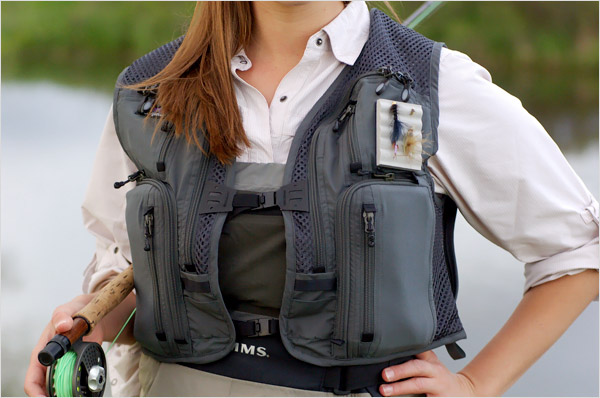Cricket batting pad covers are essential for player safety and performance, providing critical protection against high-speed deliveries that can cause serious injury. Over the years, the materials used in cricket pad covers have evolved significantly, improving their weight, comfort, and protective capabilities. Modern pads are designed to shield players from impact and enhance mobility and comfort, allowing for better performance on the field.
Traditional Cane vs. Modern Materials

The cane core has long been the foundation for protection in cricket batting pads. These vertically laminated strips of bamboo offered several advantages. First, the cane is incredibly strong and resilient, able to withstand the powerful impact of a cricket ball. This durability ensured the secure cricket pad clads could last many innings without sacrificing protection. Second, the vertical alignment of the cane provided a strong and stable structure to the pad. This structure helped distribute the force of the impact more evenly across the leg, minimising the risk of injury.
However, cane also has its limitations. Traditional cane cores could be heavy, adding significant bulk to the cricket pad clads and potentially restricting the batsman’s mobility. This extra weight could hinder footwork and agility, crucial aspects of effective batting. Additionally, the rigidity of cane cores limited the overall flexibility of the pads. This could make the clads less comfortable to wear, especially for longer innings, and might restrict the batsman’s range of movement when playing different shots.
Modern advancements in material science have led to the introduction of innovative alternatives to the traditional cane core. These include high-density foam and various synthetic materials. High-density foam offers excellent impact absorption properties, effectively dispersing the force of the ball. Additionally, it’s significantly lighter than a cane, leading to more lightweight and manoeuvrable pads. Other synthetic materials like bamboo composites and advanced plastics are also incorporated into pad cores. These materials offer a combination of lightweight properties, good impact absorption, and improved flexibility compared to traditional cane.
The advantages of modern materials are undeniable. First, the reduced weight of modern pads allows for greater mobility and agility on the field. This is a crucial benefit for batsmen who need to react quickly and move freely to score runs. Second, modern materials offer more flexibility in the pad’s construction. This allows for a better fit and greater freedom of movement for the batsman, enhancing their comfort and overall performance. Finally, advanced materials excel at absorbing the impact of the ball, providing superior protection for the batsman’s legs.
The debate between traditional cane and modern materials is an ongoing one. While cane offers undeniable durability and structure, its weight and limited flexibility can be drawbacks. Modern materials address these issues, but some players might value the traditional feel of cane. Ultimately, the choice of core material comes down to personal preference and playing style.
Choosing the Right Core Material

With a deeper understanding of traditional cane and modern core materials, you’re now better equipped to choose the pad that best suits your needs. Here are some key factors to consider:
Playing Style
Aggressive batsmen who face a high volume of fast bowling might prioritise maximum protection. In this case, a pad with a high-density foam core or a combination core with a cane could be ideal. Conversely, technically gifted batsmen who value flexibility and agility for playing a wider range of shots might prefer pads with the lighter core material, prioritising manoeuvrability over the most robust protection.
Skill Level
For beginner or recreational players, a good balance between protection and affordability might be the key consideration. Pads with a traditional cane core or a combination core can offer a good balance at this level. As your skills progress and you face faster bowling, you might consider upgrading to pads with a higher focus on impact absorption.
Personal Preference
Ultimately, comfort and feeling play a significant role. While modern materials offer advantages, some players might prefer the traditional feel of cane pads. Trying on different cricket clads and considering factors like weight, flexibility, and fit is crucial to finding the perfect match for your personal preference.
Hybrid Solutions
The ongoing evolution of pad technology has led to the introduction of hybrid core materials. These combine the traditional strengths of cane, like its structure and durability, with the benefits of modern materials, such as reduced weight and improved flexibility. Hybrid core pads offer a compelling option for players seeking a balance between protection, comfort, and mobility.
Choosing the Perfect Shield for Your Wicket
The choice between traditional and modern core materials comes to your individual needs. Aggressive batsmen facing fast bowling might prioritise maximum protection offered by cane or combination cores. Technically skilled players seeking agility might favour the flexibility of lighter core materials. Skill level and personal preference also play a crucial role. Don’t underestimate the importance of trying on different pads. Feeling the weight, assessing the flexibility, and ensuring a proper fit are essential for optimal comfort and performance.
Just like cricket bats come in various willow grades to suit different playing styles, cricket pad covers offer a range of materials to cater to personal preferences and playing conditions. The world of cricket pad materials is constantly evolving. Manufacturers are continually exploring new materials and technologies to create even lighter, more protective, and comfortable pads. As these advancements continue, batsmen can expect even better options in the years to come, allowing them to stand their ground with confidence and unleash their full potential at the crease.



















